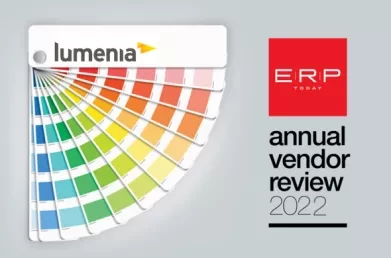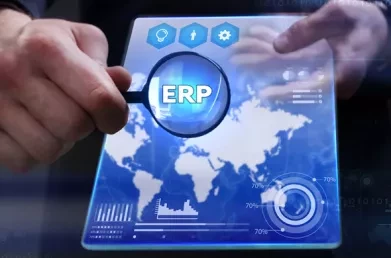The Seven Deadly Sins of System Selection
Having decided that a new ERP or CRM system is the right move for your organisation, the next step is to select a system. Despite the consolidation in the enterprise software market over the past fifteen years, there is still a wide variety of choice. Identifying the system and implementation partner that best suits your business and budget is a critical step towards a successful implementation. This requires a structured selection process carefully managed according to agreed principles. Avoiding failure in this process means steering clear of the “Seven Deadly Sins of System Selection”.
1. Inadequate specification of requirements
Failure to spend time defining and documenting your requirements may mean that you select a system that works perfectly well in certain industries but lacks functionality that is a differentiator in your industry or sector.
2. Biased specification of requirements
Very often organisations leave the selection of the system to the Finance and/or I.T. departments. This can result in biased requirements and the selection of a system with strong accounting functionality but critical functionality gaps elsewhere.
3. Ignoring the detailed requirements
Having defined your requirements, ensure that your selection process is structured to test the vendor against these requirements. This means getting the vendor to respond to the detailed requirements as well as performing a scripted demonstration against key requirements. Accepting the vendor's word that the system meets the requirements can lead to nasty surprises during implementation.
4. Focusing too much on cost
Focusing too much on getting a good deal financially often means cutting corners and can result in serious problems during the implementation. Areas that frequently suffer in these scenarios are reporting and support. Implementing a system that captures data but does not allow you to report on that data will quickly erode satisfaction with the system and reduce the value that you can derive from the system.
5. Failure to take account of the underlying technology
It is important to carefully consider the underlying technology behind the system. Failure to do so could mean that you have purchased an obsolete technology and may be forced to undergo expensive upgrades sooner than you would expect. It can also be expensive to resource support for niche technologies within your own I.T. department.
6. Failure to properly survey the market
Most people will have heard of the bigger ERP and CRM players. There are a plethora of other systems out there though – some of them with very strong footprints in specific industry sectors. In many cases better value and a better functional fit can be found by engaging with the correct vendors – not all of them household names.
7. Using the vendor’s sales demo to evaluate the system
Without following a structured approach to demos it is easy for your evaluation team to be swayed by a sophisticated sales presentation. Allowing this to happen is likely to mean that you don’t address key requirements which may not be supported.
This blog was written by Ian O’Toole, Managing Partner at Lumenia. If you would like further information on ERP and CRM System Selection please send an e-mail to Ian O’Toole.



